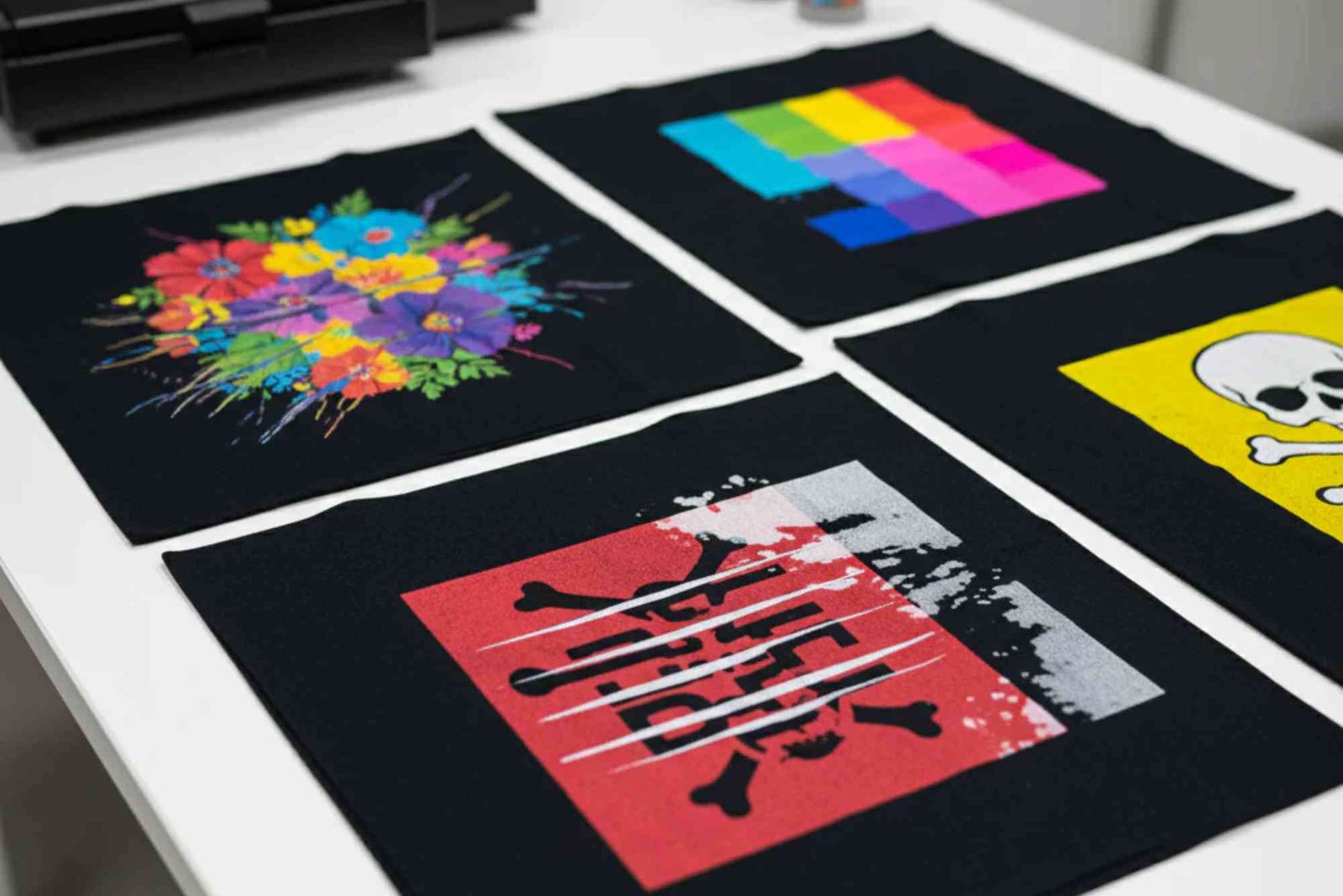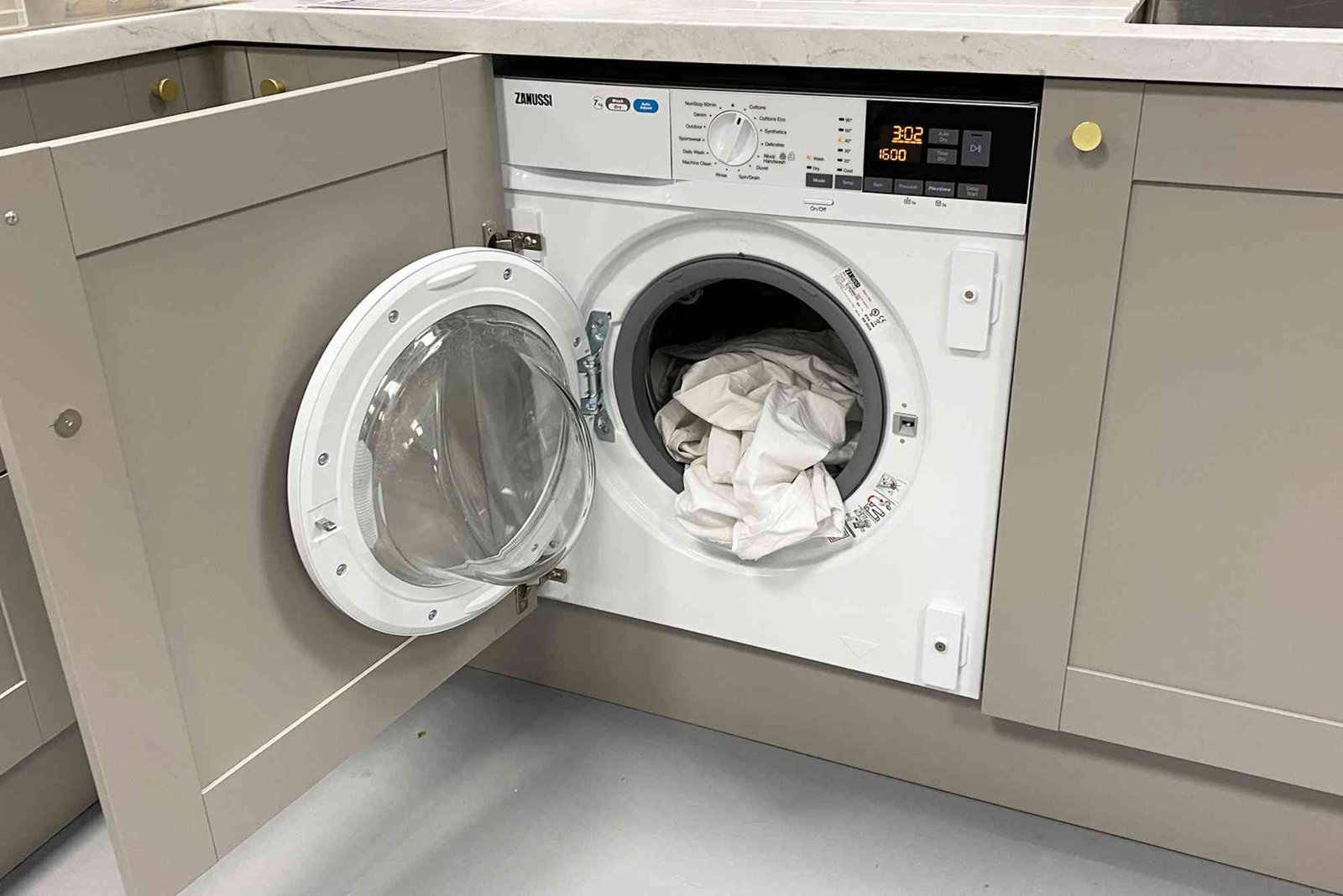Introduction
Direct-to-Film (DTF) printing has quickly become one of the most popular printing technologies in the custom apparel industry. Its ability to print detailed, full-color designs on different fabrics without weeding or cutting makes it a favorite among small business owners, print-on-demand shops, and creative entrepreneurs. However, while the technology is innovative and flexible, even small mistakes during the process can lead to wasted materials, poor quality prints, or costly errors.
In this article, we’ll explore Practical Tips: Common Mistakes To Avoid In DTF Printing, helping you achieve consistent, vibrant, and durable results every time. Whether you’re new to DTF or already have experience, avoiding these common pitfalls will save you both time and money.
Understanding DTF Printing
Before jumping into the mistakes, it’s crucial to understand how DTF printing works. In this process, designs are printed directly onto a special PET film using DTF inks. Then, a hot-melt adhesive powder is applied to the print, which is later heat-pressed onto fabric. This method allows printing on cotton, polyester, blends, leather, and even dark garments.
The key steps — printing, powdering, curing, and transferring — must all be executed carefully. A single mistake in any of these stages can ruin the final output.
Common Mistakes To Avoid In DTF Printing
When working with DTF printing, even minor errors can affect quality, adhesion, or durability. Here’s a deep dive into the most common mistakes and how to avoid them.
Poor Film and Ink Selection
Choosing low-quality PET film or incompatible inks is one of the most frequent causes of print failure. Some films may not handle heat properly or can warp, leading to uneven transfers. Similarly, poor-quality inks can cause color fading or clog the printer head.
Always use DTF-certified films and inks recommended by your printer manufacturer. This ensures better color vibrancy, proper curing, and strong adhesion to fabric.
Incorrect Printer Settings
Your printer’s settings—such as temperature, print speed, and color management—play a significant role in achieving sharp prints. Many beginners overlook the importance of proper ICC color profiles, resulting in dull or inaccurate colors.
Adjust print resolution according to fabric type and test before mass production. Keep your printer’s firmware updated and regularly clean the printhead to prevent banding or ink smudging.
Uneven Powder Application
The adhesive powder is what ensures that the design sticks properly to the fabric. Applying too much powder can cause clumps or uneven texture, while too little will lead to incomplete transfers.
To fix this, gently shake or tap the film after applying the powder, removing excess while ensuring even coverage. Use high-quality adhesive powder for consistent results.
Inadequate Curing Temperature
Curing is one of the most sensitive steps in DTF printing. If the curing temperature is too low, the adhesive won’t melt properly, causing weak adhesion. Too high, and the film or colors can burn or discolor.
A general rule is to cure between 160°C and 170°C for about 90 seconds, depending on your setup. Always test with a small print before starting large batches.
Ignoring Humidity and Temperature Control
Environmental conditions affect DTF printing more than most people realize. High humidity can make the film sticky or cause ink bleeding, while very dry air can create static and attract dust.
Keep your workspace between 20–25°C with 45–55% humidity. Use a dehumidifier or air conditioner if necessary to maintain consistency.
Skipping Regular Printer Maintenance
DTF printers, like all ink-based systems, require regular maintenance. Failing to clean the printhead, capping station, or wiper blade can lead to clogged nozzles and streaky prints.
Schedule weekly maintenance routines and perform nozzle checks before every print job. Store inks in a cool, dark place and shake them gently before use to prevent pigment separation.
Using Incorrect Transfer Pressure
When heat pressing the film onto fabric, applying the wrong pressure can cause poor adhesion or damaged prints. Too much pressure can flatten the design, while too little won’t allow the adhesive to bond fully.
Use medium, consistent pressure and press for 15–20 seconds depending on fabric type. Once the fabric cools, peel the film gently at a steady angle.
Overlooking Fabric Preparation
Even the best DTF prints will fail if the fabric isn’t properly prepared. Oils, dust, or moisture on the surface can prevent adhesion.
Always pre-press the garment for 5–10 seconds before applying the transfer to remove wrinkles and moisture. This ensures a flat and clean surface for bonding.
Incorrect Film Peeling Technique
Peeling the film too early or too late can ruin your transfer. Each DTF film has specific instructions—some are “hot peel,” others “cold peel.” Not following these directions can cause cracking or lifting.
Always read your film’s label carefully and perform tests to find the ideal peeling time.
Ignoring Post-Pressing
After transferring the design, many skip the final pressing step. This quick post-press helps seal the ink into the fabric fibers and improves durability.
Apply a Teflon sheet and press again for 10 seconds. This enhances wash resistance and gives the print a smoother finish.
Not Testing Before Full Production
Jumping directly into bulk printing without test runs can be risky. Even small variations in film, ink, or fabric batch can cause issues.
Always test print and wash samples before starting full production. This step helps identify and correct errors early.
Practical Tips for Better DTF Results
Besides avoiding mistakes, certain best practices can elevate your DTF printing results.
-
Calibrate your printer regularly to maintain color accuracy.
-
Store PET films flat in a cool, dry place to prevent curling.
-
Avoid touching printed areas with bare hands to prevent smudges.
-
Keep your working environment clean to minimize dust contamination.
-
Record settings that work best for specific fabrics for future reference.
By integrating these habits, you’ll ensure consistent, high-quality prints that impress your customers.
Troubleshooting Common DTF Issues
Even experienced users face occasional challenges. If your prints are not adhering properly, check for under-curing or uneven heat distribution. For faded colors, review your ICC profile or ink levels. When encountering smudges or streaks, clean the printhead and check for humidity issues.
A simple maintenance log can help track recurring issues and their solutions, reducing future downtime.
Why Quality Control Matters
Quality control ensures every printed piece meets your brand’s standard. Whether you’re running a small studio or a large print shop, poor-quality prints can harm your reputation.
Set up a checklist for each stage — print clarity, curing, transfer, and final peel. Training your staff on these steps ensures consistency and customer satisfaction.
The Future of DTF Printing
DTF printing continues to evolve with better inks, more efficient curing systems, and automated powder shakers. Staying updated with new technologies will help you stay competitive.
You can visit this Related Blog article to explore more about upcoming trends in DTF printing technology and best practices.
FAQs
Why is my DTF print not sticking to the fabric?
This usually happens due to improper curing temperature or uneven powder application. Ensure your heat press settings match the film’s specifications.
How long do DTF prints last?
With proper application and care, DTF prints can last for over 50 washes without fading or cracking.
Can DTF printing work on any type of fabric?
Yes, DTF works on cotton, polyester, blends, and even dark garments, making it more versatile than traditional methods like sublimation.
What’s better: DTF or DTG printing?
DTF is generally more flexible and works on more fabric types, while DTG is ideal for cotton garments and detailed photographic prints.
How do I prevent my DTF prints from cracking?
Ensure proper curing, avoid over-pressing, and perform post-pressing for a smoother and longer-lasting result.
Mastering DTF printing takes patience and precision. By understanding and avoiding the Common Mistakes To Avoid In DTF Printing, you’ll significantly improve your results, reduce material waste, and deliver better-quality prints. Whether you’re producing small custom runs or large batches, following these practical tips will ensure a smoother and more profitable printing process.
If you want to explore more insights on advanced printing techniques, visit Related Blog article for expert resources. For verified information on safety standards and material handling, Learn more from trusted sources.
By applying these methods, you’ll elevate your DTF printing business to a professional level — achieving high-quality, durable prints that truly stand out.




